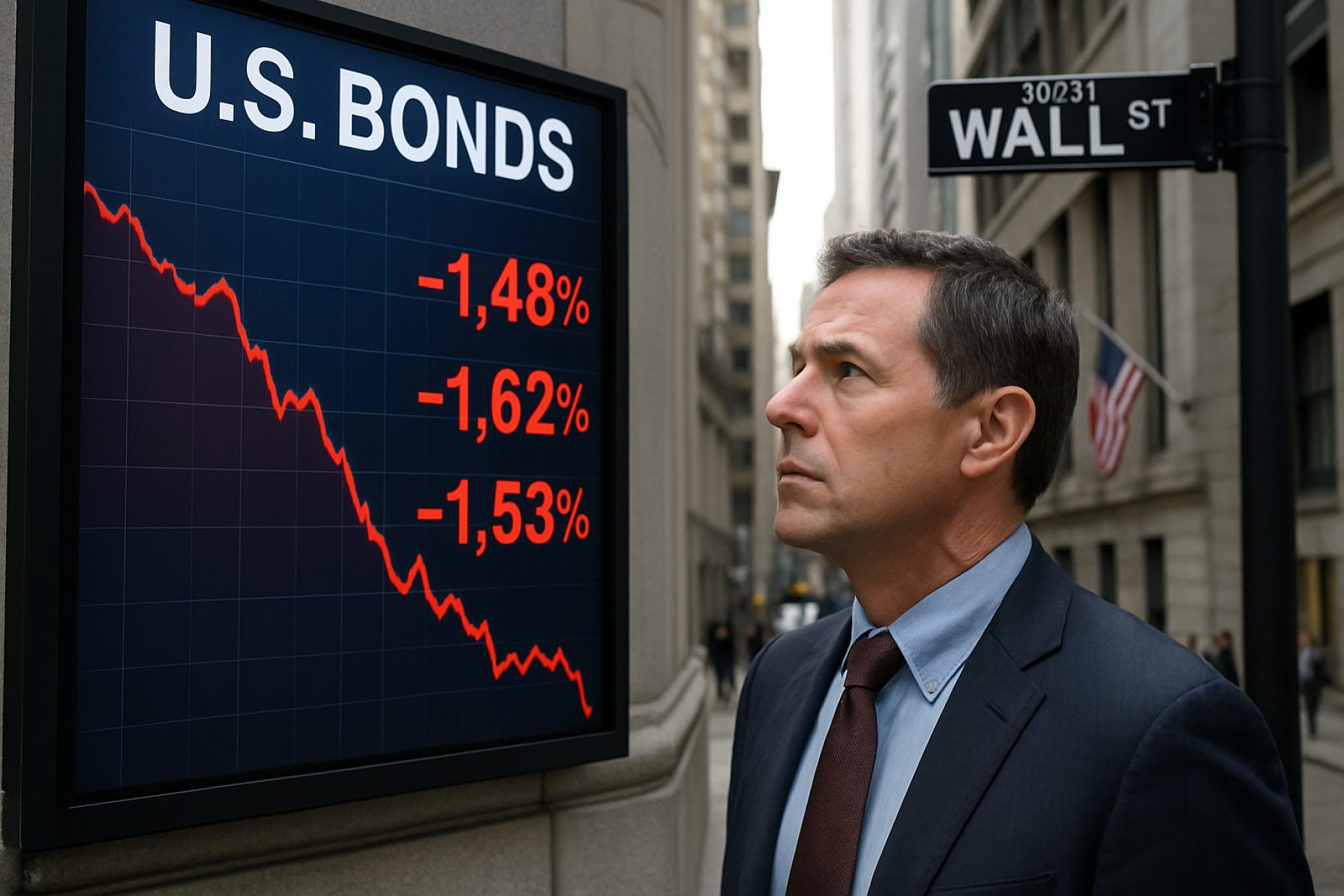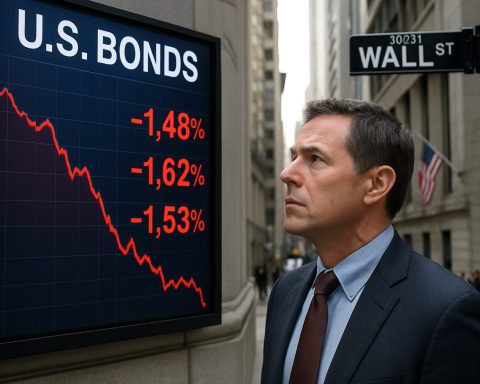Hidden Risks Emerge: Why the 2025 US Bond Market Demands Every Investor’s Attention
Bond market tremors are making waves in 2025, threatening mortgages, stocks, and your wallet. Here’s why you can’t afford to ignore them.
- $2.4 trillion – Projected 10-year US deficit from Trump’s tax bill (CBO)
- 5.2% – 2025 average US 30-year mortgage rate, highest in a decade
- $26 trillion – Current US Treasury debt held by the public
- 3X – Bond market volatility vs. stocks in Q2 2025 (Bloomberg)
The stock market’s headlines may grab your attention, but right now, it’s the US bond market that’s sending shockwaves through Wall Street and Main Street alike. The once-sleepy world of bonds has become the epicenter of financial anxiety, signaling trouble that could impact your investments, home, and future.
2025 is seeing bond yields soar to heights not reached in years. A toxic mix of sky-high federal deficits, unpredictable trade policy, and political drama is rattling investors. America’s legendary “safe haven” asset is losing its aura. And that’s bad news for anyone with a mortgage, student loan, or a 401(k).
If you thought bonds were boring, think again. The stakes have never been higher.
Yahoo Finance | CNBC | Bloomberg
Q&A: Why Are Bond Yields Surging in 2025?
Bond yields reflect the cost of borrowing for the government. When investors dump bonds, prices fall and yields rise. In 2025, a mix of massive government borrowing and fears about debt sustainability is driving yields up. President Trump’s tax bill is projected to balloon deficits by trillions, putting more strain on US finances. Global investors are balking at buying more US debt — and demanding a higher yield to compensate for the risk.
How Do Rising Bond Yields Hit Your Wallet?
Think of bond yields as the foundation for every loan rate in America — from mortgages to business credit. As yields climb, so do rates for homebuyers and entrepreneurs. The typical 30-year mortgage just jumped past 5%, making home ownership tougher. Higher loan costs choke economic growth and put pressure on the entire stock market as future profits are discounted at steeper rates.
What’s the Real Danger If Yields Keep Rising?
If bond market turmoil continues, it could trigger:
- Higher government borrowing costs, crowding out spending on services
- Risk of a “debt spiral” as interest payments balloon
- Stocks selling off as investors demand higher returns elsewhere
- Global financial instability, as confidence in US assets falters
This all means more uncertainty for everyone — not just Wall Street insiders.
How Can You Safeguard Your Investments in a Volatile Bond Market?
Savvy investors are rebalancing their portfolios, watching bond maturities, and exploring alternative safe havens. Consider:
- Diversifying from traditional stock-bond mixes
- Reviewing bond fund duration and credit quality
- Staying updated with economic news and policy moves
Tools like high-yield savings accounts and short-term Treasury ETFs may help buffer your portfolio from volatility. Explore resources from Money.com for more tips.
Frequently Asked: Are US Treasurys Still Safe?
US Treasurys remain the world’s benchmark “risk-free” asset — for now. However, continued political gridlock and fiscal strain are making investors rethink long-held assumptions. Keep a close eye on Washington and the latest updates from the Federal Reserve.
Ready to Protect Your Finances?
Stay proactive in 2025 — don’t let old assumptions about the bond market put your portfolio at risk.
Quick Checklist to Navigate Bond Market Volatility:
- Monitor bond yields weekly
- Review your loan and mortgage rates for changes
- Diversify investments; don’t bet on just stocks and bonds
- Stay informed with trusted financial news
- Know your 401(k) bond allocations — and adjust if needed
Don’t wait — the bond market is shaping your financial future right now. Stay sharp, stay informed, and adjust your strategy for the year ahead!








